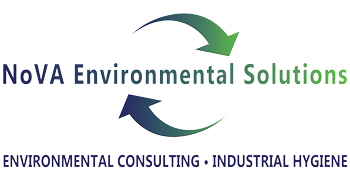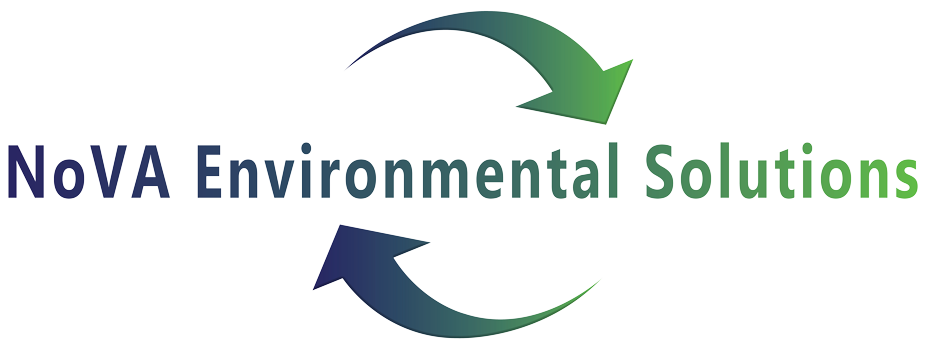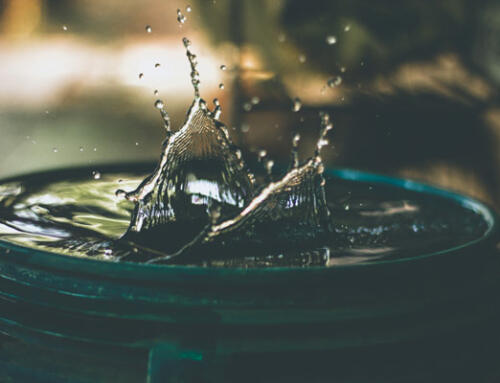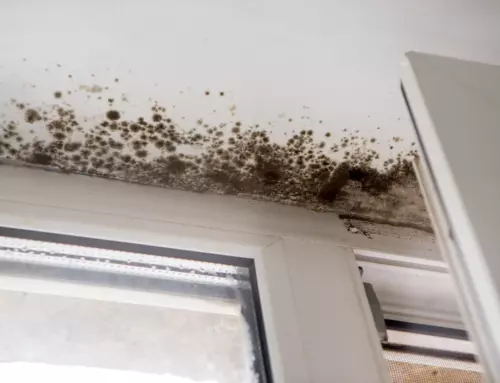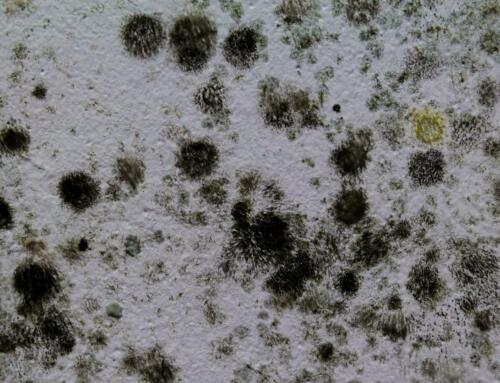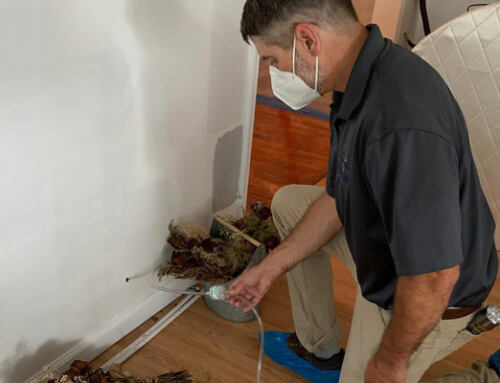During the energy crisis in the 1970’s, building codes were changed to make homes more “energy efficient.” Houses were sealed up as tightly as possible to ensure that there was no heat loss, resulting in lower heating bills and less oil consumption. New homes were literally sealed in plastic wrapping in the name of energy conservation. Though the energy savings may have
been effective, many of these homes became giant Petri dishes, leading to an outbreak of mold infestations and illness.
Even today we find that houses and buildings are being built too tight, and the air has nowhere to go. Condensation and moisture are the result, and soon after that, the mold begins to grow.
Simply “cleaning” the mold or painting over it does NOT resolve the mold issue.
If the moisture problem is not resolved, the mold will always grow back.
One of the most common sources of moisture that causes indoor mold growth is Relative Humidity.
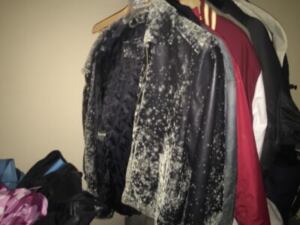
Humidity Inducted Mold Growth on clothing
Relative humidity (RH) is a measure of how much moisture is in the air at a particular temperature. If air in the middle of a basement is 60% RH at
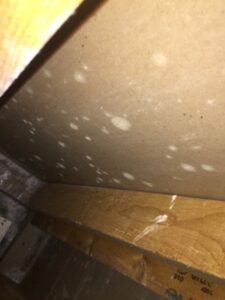
Humidity Induced Mold Growth on Sheetrock
70°F, the same air at the colder foundation wall could be at 60°F and have RH of 80%.
The surface moisture content of any given material depends on the RH of the air near it.
The greater the RH, the higher the moisture content of surrounding materials, and the more likely that mold will grow there. If there is a food source (wood, sheetrock, paper, etc.), oxygen, and temperatures in the range of 40°F to 100°F, mold is likely to grow.
When relative humidity is maintained above 60% RH, there is enough moisture in the air to be absorbed into building materials like sheetrock, wood, paper, clothing, etc., which can then allow for “humidity induced mold growth”.
The control of relative humidity is important to limit the growth of microorganisms such as mold .
To control such microorganisms, it is best to keep relative humidity below 60% (to control mold) AT ALL TIMES, including unoccupied hours.
Problems with humidity in living spaces or occupied spaces is most often due to an HVAC system that is either malfunctioning, or not designed or equipped to properly handle the building, and/or the occupants close, impede, or block return vents and/or supply vents not allowing the HVAC system to operate properly.
A poorly maintained HVAC system can allow water to build up in the unit, creating conditions where the system itself can become a reservoir for biological contaminants.
During the cooling season, air conditioning can de-humidify indoor space. But if the HVAC system is too large or too small for the space it serves or if the temperature is set too cool, the cooling system can create high humidity by cooling without removing water vapor.
According to the American Society of Heating, Refrigeration, and Air-Conditioning Engineers (ASHRAE), the recommended temperature and relative humidity ranges are as follows:
| Acceptable Temperature and Humidity Ranges | ||
| Measurement Type | Winter | Summer |
| 30% Relative humidity | 68.5°F – 76.0°F | 74.0°F – 80.0°F |
| 50% Relative humidity | 68.5°F – 74.5°F | 73.0°F – 79.0°F |
| Relative humidity | 30% – 60% | 30% – 60% |
Source: ASHRAE Standard 55-1992, Thermal Environmental Conditions for Human Occupancy
NoVA Environmental Solutions recommends that people who have concerns about indoor mold purchase a hygrometer. This simple and inexpensive instrument can be found at most hardware stores, and it is used to measure humidity levels.
It is also recommended that all supply registers be opened and that the returns are not blocked by furniture or other obstructions.
In some cases, the HVAC system (air handler unit and ductwork) may need to be assessed by a licensed mechanical engineer to determine if the system is operating properly.
If you are concerned that you may have humidity problems that may be causing mold growth, you should consider contacting NoVA Environmental Solutions or a qualified Independent Environmental Professional (IEP) to assess the conditions.
